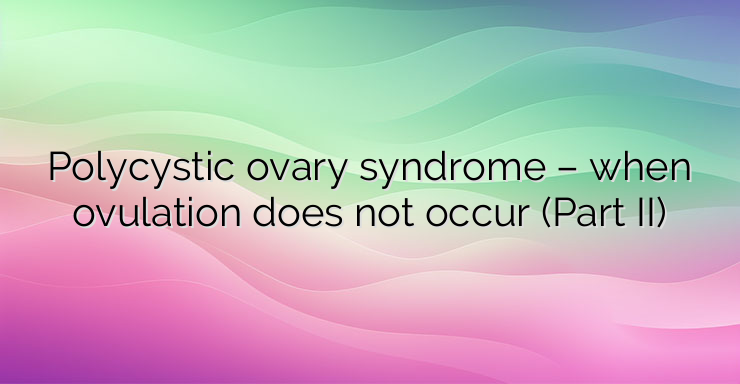First part of the material Absence of ovulation also cannot be considered the only indicator of polycystic ovaries. Anovulatory cycles can also be due to other reasons such as irregular nutrition, excessive physical exertion and exhaustion, medication intake, diseased conditions of the thyroid gland, premature ovarian failure, pituitary adenoma with increased prolactin, which requires a thorough examination of the woman’s condition before the diagnosis. With polycystic ovary syndrome (PCOS), testosterone is observed, which can be in normal to highly elevated values and in half of the cases to highly elevated luteinizing hormone. The follicle-stimulating hormone level is normal to slightly below normal, the prolactin level is normal to slightly above normal. Differences between indicators of PCOS and other conditions When the cause of anovulatory cycles is due to exercise, unlike polycystic ovary syndrome, no changes in the levels of luteinizing, follicle-stimulating, prolactin and testosterone are observed. In bulimic-type eating disorders, when weight fluctuations are present, prolactin and testosterone remain normal, but follicle-stimulating hormone and luteinizing hormone are well below reference values. Hyper or hypothyroidism is characterized only by changes in prolactin values, as a comparative analysis between the levels of the four hormones by which polycystic ovary syndrome is recognized – follicle-stimulating hormone, luteinizing hormone, prolactin and testosterone. In hyper or hypothyroidism, the levels of follicle-stimulating, luteinizing hormone and testosterone remain normal. Premature ovarian failure is distinguished by highly elevated follicle-stimulating and luteinizing hormone against a background of normal prolactin and testosterone. Testosterone may be slightly elevated in congenital adrenal hyperplasia, and a pituitary adenoma is suspected with high prolactin, slightly decreased follicle-stimulating and luteinizing hormone, and normal testosterone. In polycystic ovary syndrome, the ratio of follicular androstenediol to estradiol is measured. The particularity of the syndrome is large and is explained by the presence of problems in the process of converting testosterone produced by the ovaries into estrogens by the aromatase enzyme (during aromatization). New clinical studies reveal the link between some of the forms of the syndrome and a mutation of the P450 gene. An ultrasound examination of the ovaries in PCOS reveals the presence of more than 8 incompletely developed follicles smaller than 10 mm in diameter. In continuation: studies that are appointed at SPKYA


Leave a Reply